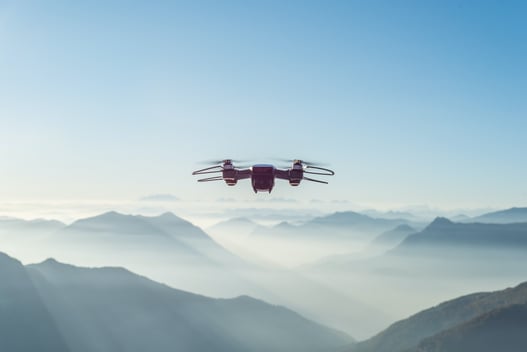7 Top Tech Innovations for Global Health Crisis
COVID-19 has demonstrated the multifaceted ways in which technology can be used to handle public health emergencies. A new wave of innovation has revealed what human ingenuity is capable of in the face of adversity.
As the pandemic has spread, technological applications and initiatives have multiplied rapidly in an attempt to control the situation, treat patients, and develop vaccines. We have selected seven technologies that have been used to manage the spread of COVID-19, ones that will likely become invaluable in dealing with future health crises.
1. IoT-enabled drones
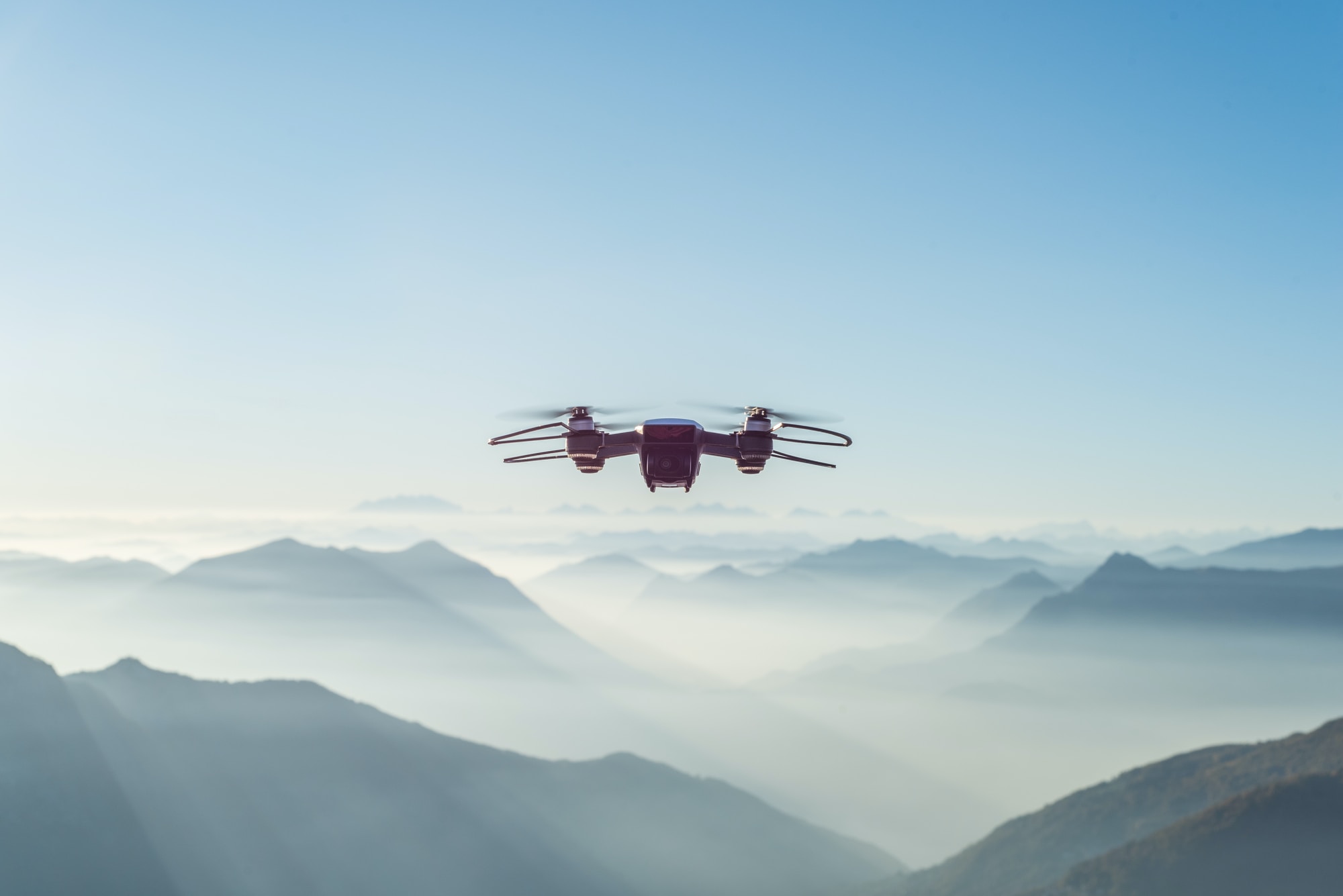
Out on the frontlines of this pandemic with the health heroes are IoT-enabled drones. These drones have been used in a variety of innovative ways:
-
monitoring quarantine measures
-
facilitating aerial broadcasting
-
spraying disinfectant
-
conducting aerial thermal sensing
-
monitoring traffic
-
delivering medical supplies to cut off or infected areas
These uses are extremely effective as they significantly reduce the number of necessary face-to-face contacts. This in turn reduces exposure and transmission rates. Using drone technology may be central to mitigating the spread of future infectious diseases.
2. Robots
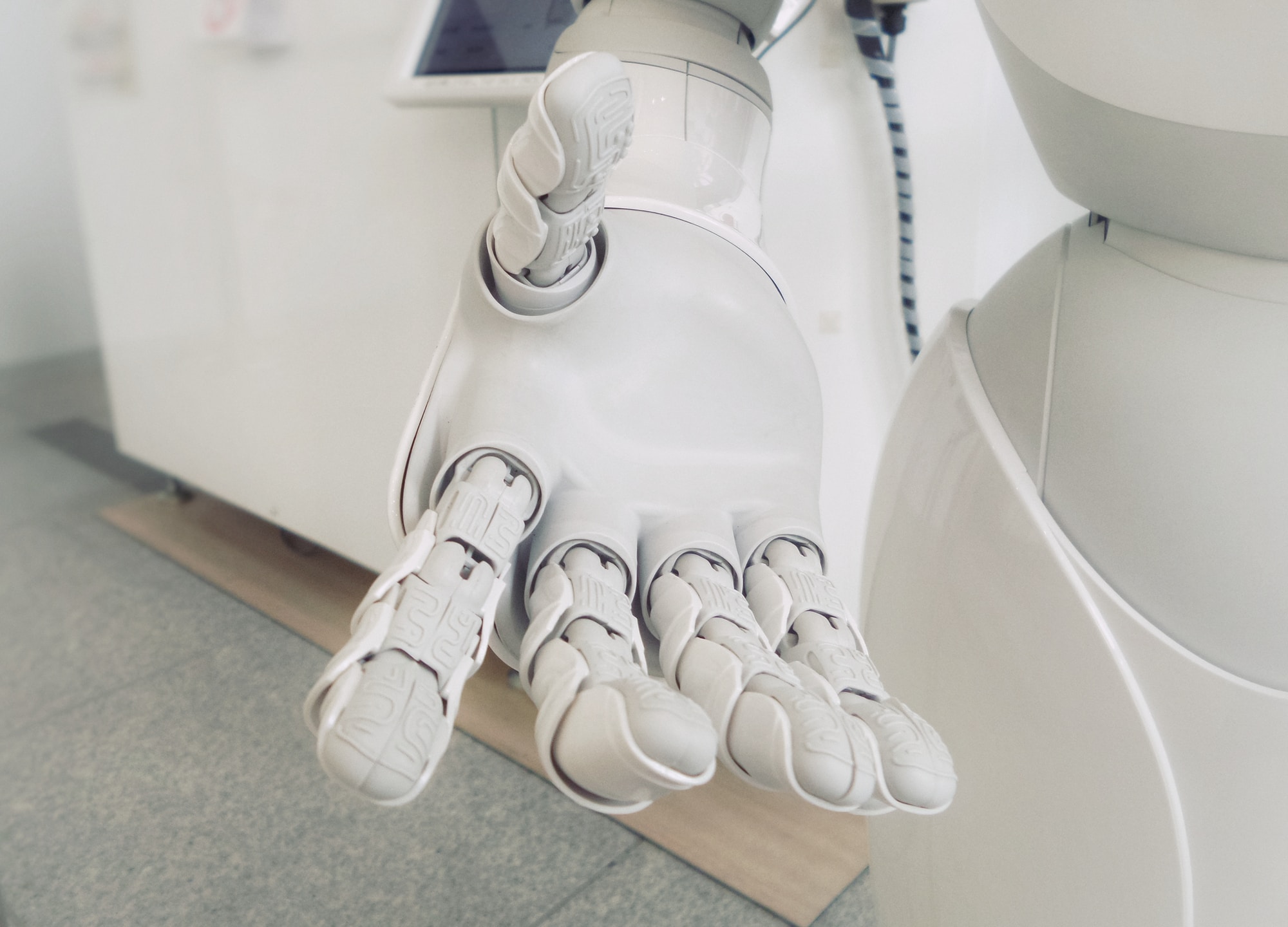
Robots have been deployed across the world to contain the spread of COVID-19. The testing of robots in public has been fast-tracked, and robotic developers have responded quickly to changing demands.
In many areas, robots have been providing services and care for those quarantined or practicing social distancing. They can even act as medical assistants, as they can carry out crucial tasks such as taking patients' temperatures.
Robots have also been used to disinfect whole hospitals, decontaminate public/private sites, handle biohazardous waste, and deliver food and medication. Like drones, this technology has emerged as an extremely effective measure to reduce the risk of person-to-person transmission.
In Singapore, the Boston Dynamics camera-equipped ‘yellow dog’ has been roaming parks, playing pre-recorded warnings to remind those out for a stroll of the need for social distancing (authorities have stressed that the ‘dog’ is not out on a data collection mission).
3. Artificial intelligence and machine learning
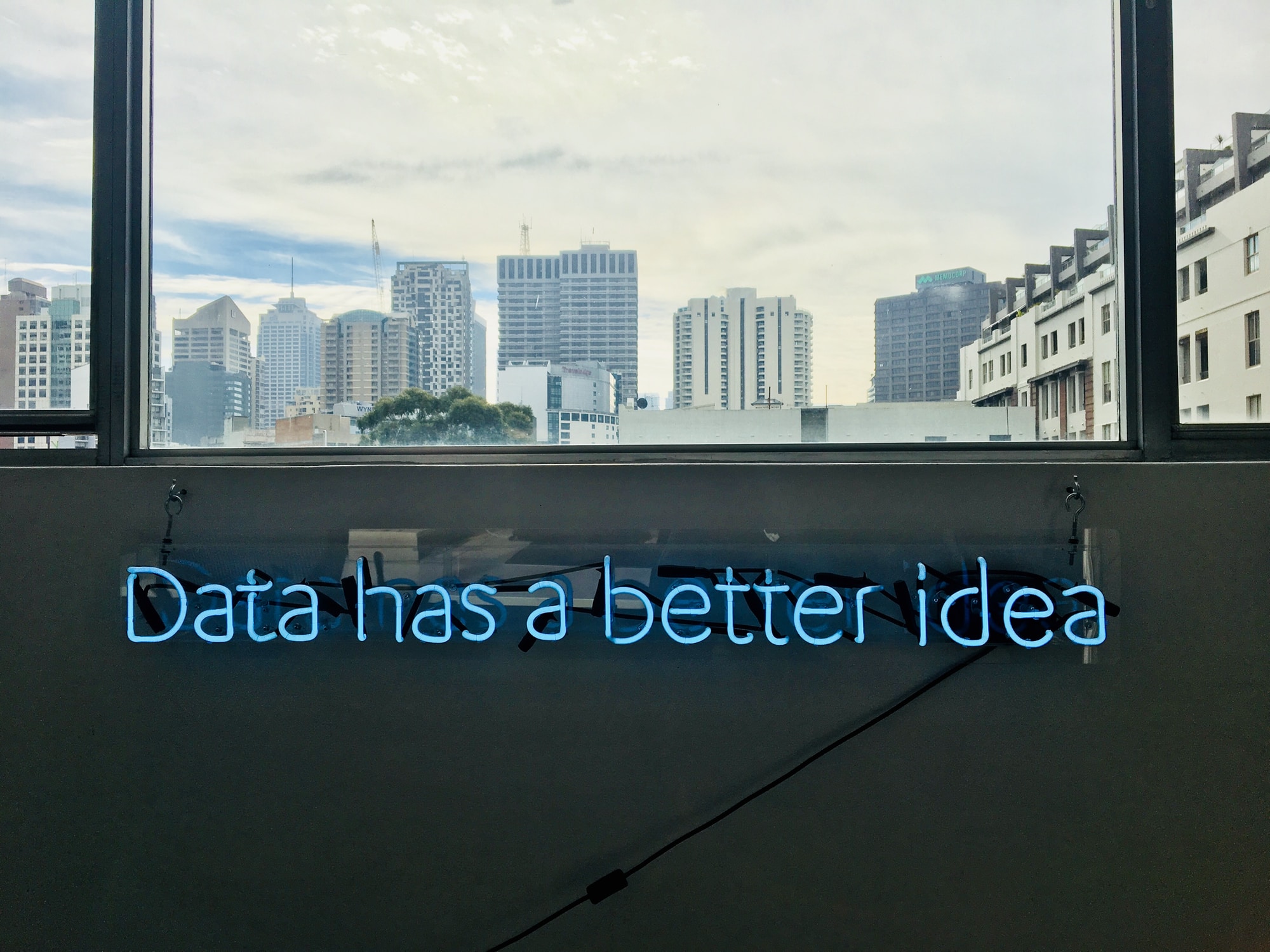
Photographer: Franki Chamaki | Source: Unsplash
Companies have been using artificial intelligence (AI) and machine learning in order to create and test new medicines. For example, scientists at the University of South California have been using machine learning to adapt existing drugs for COVID-19 treatments. The software analyses how various drugs work and their potential effect on the virus. AI has also been used to track the epidemic in real-time. This allows organisations to predict where the virus might appear next and develop an effective response.
One study conducted a ‘rapid review’ of existing literature to define the key seven ways in which AI and machine learning technology can be used to tackle COVID-19:
-
Early detection and diagnosis of the infection
-
Monitoring the treatment
-
Contact tracing of the individuals
-
Projection of cases and mortality
-
Development of drugs and vaccines
-
Reducing the workload of healthcare workers
-
Prevention of the disease
In another great example, BlueDot, a Canadian company, used AI to scan 100,000 online articles in 65 different languages daily for public health information. This approach was so effective that they were able to predict the spread of COVID-19, even before the Centers for Disease Control and Prevention (CDC) and the World Health Organization (WHO) alerted the public. So it’s very clear: both AI and machine learning have a vital role to play in predicting future outbreaks and creating new medicines.
4. Real-time occupancy monitoring

Photographer: Daria Shevtsova | Source: Unsplash
Occupancy monitoring technology in buildings has long been a valuable tool, but now the COVID-19 pandemic has made it a necessity. IoT sensors can accurately track key factors including:
-
real-time people count
-
density in a given area
-
distance between occupants
-
movement between zones
Real-time alerts can consequently be used to manage the flow of people, avoiding overcrowding and potential transmission.
Another important way in which occupancy data can be used is to inform cleaning schedules. Understanding the areas of buildings that have been used the most, or perhaps not even used at all, can ensure that cleaning is more focused and effective.
Enforcing social distancing will be a key priority. Having occupancy sensors installed in buildings will play a key role moving forwards.
5. Blockchain
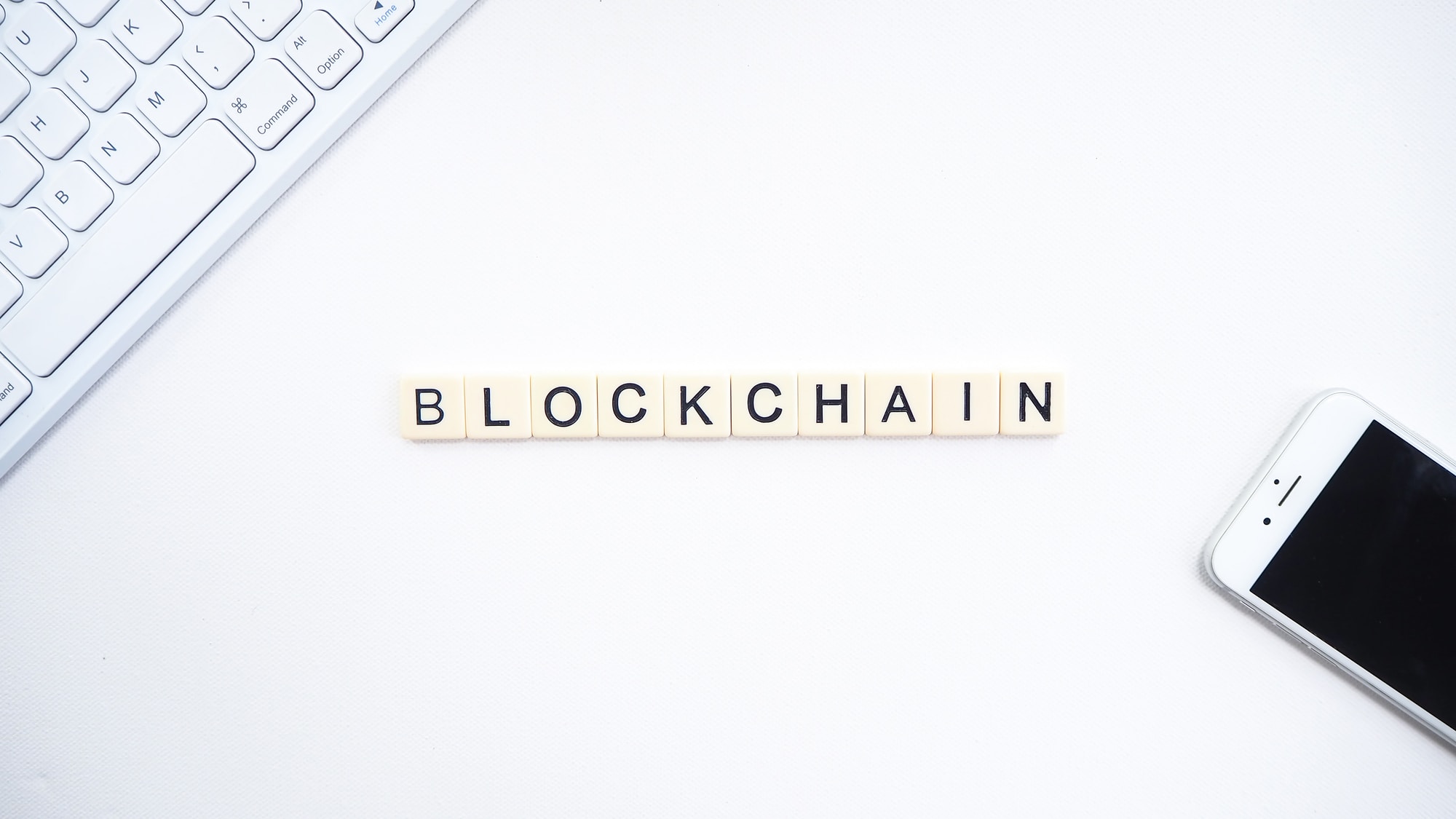
Photographer: Launchpresso | Source: Unsplash
Blockchain applications can provide a robust, transparent, and cheap means of facilitating effective decision-making. This can lead to faster responses during emergencies of this kind.
Blockchain can improve diagnostic accuracy and treatment effectiveness, track medical supply chains, manage medical data, and identify disease symptom patterns. Over time, blockchain applications can monitor disease outbreaks by creating secure ledgers that are updated hundreds of times per day.
Blockchain can also reduce uncertainty and provide an automated platform for recording and exchanging consistent factual information between multiple parties. Throughout this pandemic, it has certainly emerged as a technology that will have an increasingly vital role to play in future emergency responses.
6. Synthetic biology
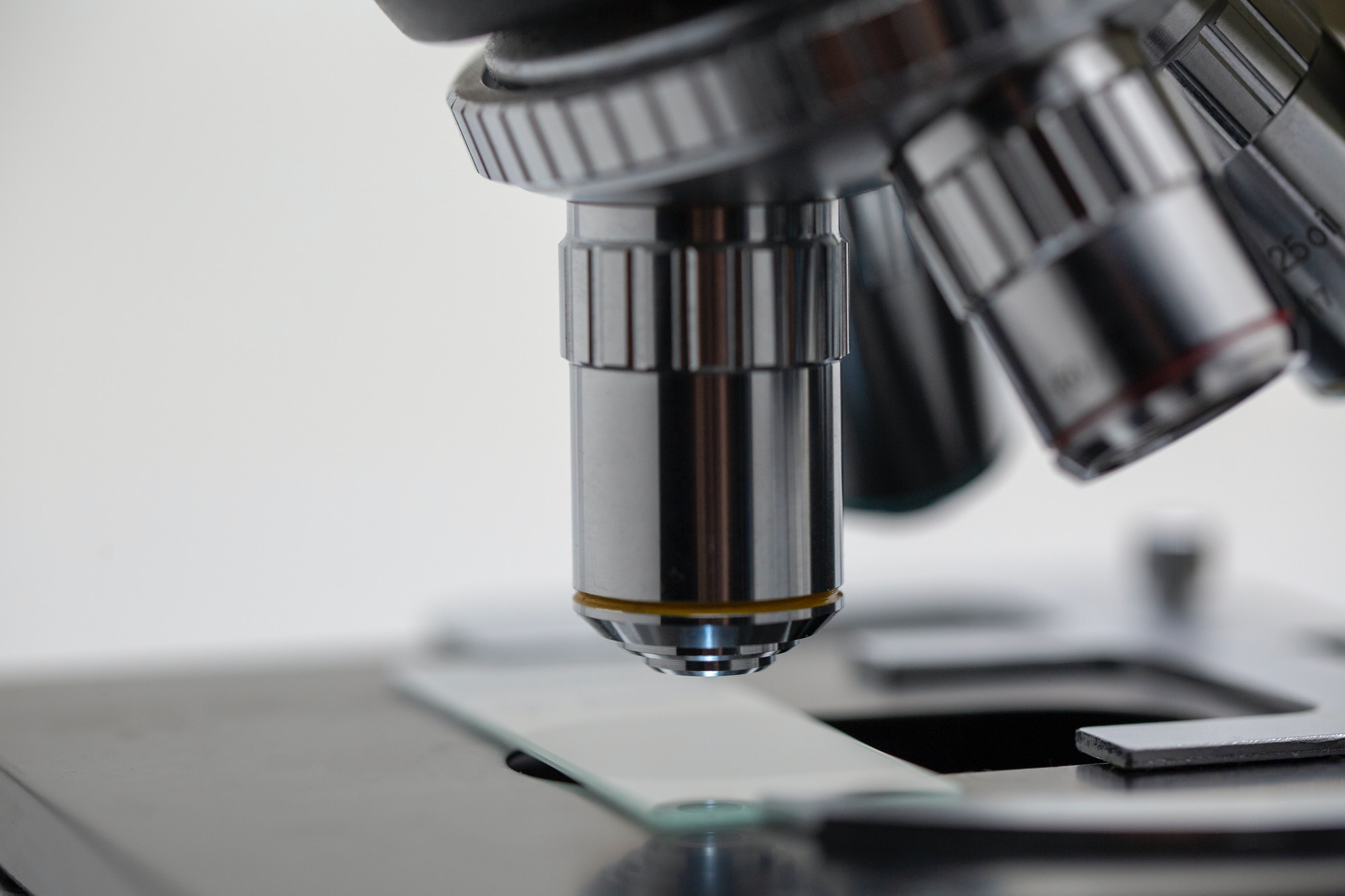
In response to COVID-19, synthetic biologists are applying cutting-edge technology to speed up the development of a successful vaccine. Traditionally, a virus is studied by isolating it from cells of an infected patient and growing it in a petri dish. However, when it is difficult to access physical samples, researchers can use a synthetic version of the virus, known as an infectious clone, in order to begin studying it immediately.
Using synthetic biology, scientists can run computer models of millions of different protein sequences to find one that will spontaneously form the ideal nanoparticle. A new type of vaccine that can be stored at warmer temperatures, removing the need for refrigeration, has already been engineered using a synthetic protein scaffold. Synthetic biology is going to become essential in the advancement of vaccination development, revolutionising the way vaccines are designed, produced, and stored.
7. Nanotechnology
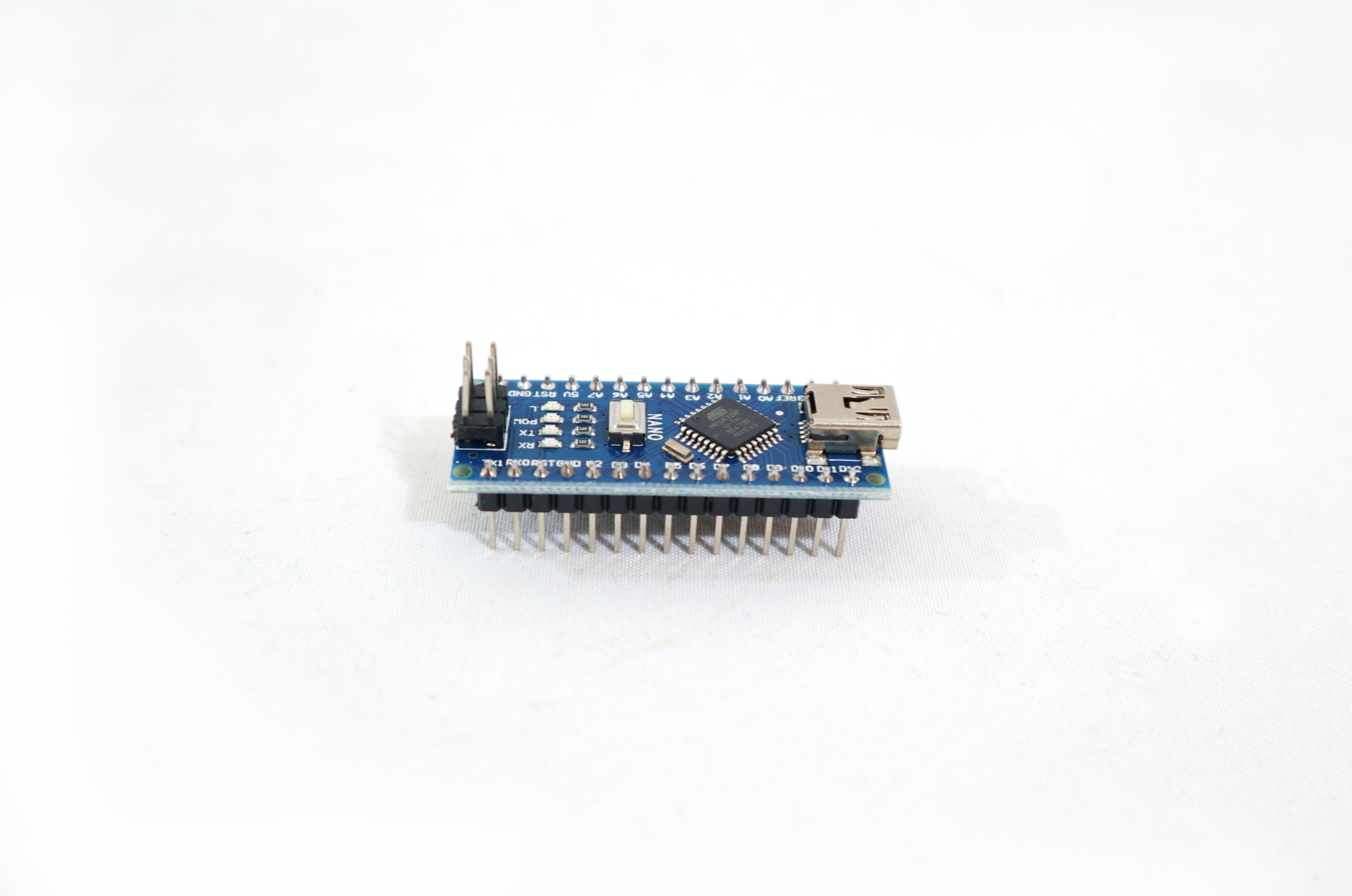
Νano-based products are currently being developed and deployed for the containment, diagnosis and treatment of COVID-19.
An experimental nano-vaccine has become the first vaccine to be tested in a human trial. Nanoparticles can act as antiviral drug delivery systems as they can interact and bind to a virus. This effectively prevents it from attaching and entering the host cell. They can also be designed to exhibit antiviral effects.
The use of nanotechnology in the development of new medicines has been recognised as a key enabling technology. It’s capable of providing new and innovative medical solutions to address future medical needs.
These seven technologies represent just some of the exciting ways in which innovation is being used to tackle COVID-19. It’s inevitable that going forwards, technology will have an increasingly critical role to play in emergency responses.

